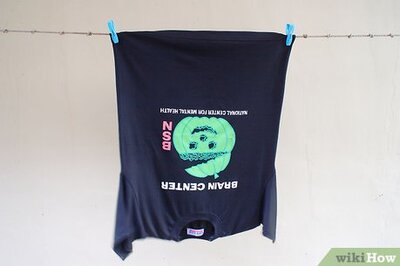
views
World Red Cross Day, alternatively known as World Red Cross and Red Crescent Day, is annually observed on May 8, to commemorate the birth anniversary of Swiss businessman Henri Dunant, whose efforts led to the creation of the International Committee of the Red Cross, adoption of Geneva conventions and creation of the iconic Red Cross symbol. Henri Dunant had witnessed the suffering of wounded soldiers abandoned on the battlefield of Solferino in northern Italy in 1859. When he returned to Geneva, he wrote A Memory of Solferino about the horrors of war he had witnessed firsthand and proposed an organization dedicated to helping the war wounded.
Before the 19th century, different countries used different symbols to identify the armed forces' medical services. “The symbols were not generally well known, were rarely respected and were not entitled to any form of legal protection,” according to the International Committee of The Red Cross.
The Red Cross symbol is an inversion of the Swiss flag (white cross on a red background).
In February 1863, a five-member committee met to study Dunant’s proposals including a “single distinctive symbol backed by the law to indicate respect for army medical services, volunteers with first aid societies and the victims of armed conflicts.”
“The symbol needed to be simple, identifiable from a distance, known to everyone and identical for friend and foe. The emblem had to be the same for everyone and universally recognizable.”
An International Conference convened in October 1863 adopted ten resolutions for the establishment of relief societies for wounded soldiers and the red cross on a white background as the uniform distinctive emblem. In August 1864, the Diplomatic Conference, convened for the purpose of transforming the resolutions adopted in 1863 into treaty rules, adopted the First Geneva Convention. The Geneva Convention also recognized the red cross on a white background as the single distinctive emblem.
The emblem was formed by reversing the colours of the Swiss flag and had the advantage of “being easily produced and recognizable at a distance because of its contrasting colours.”




















Comments
0 comment